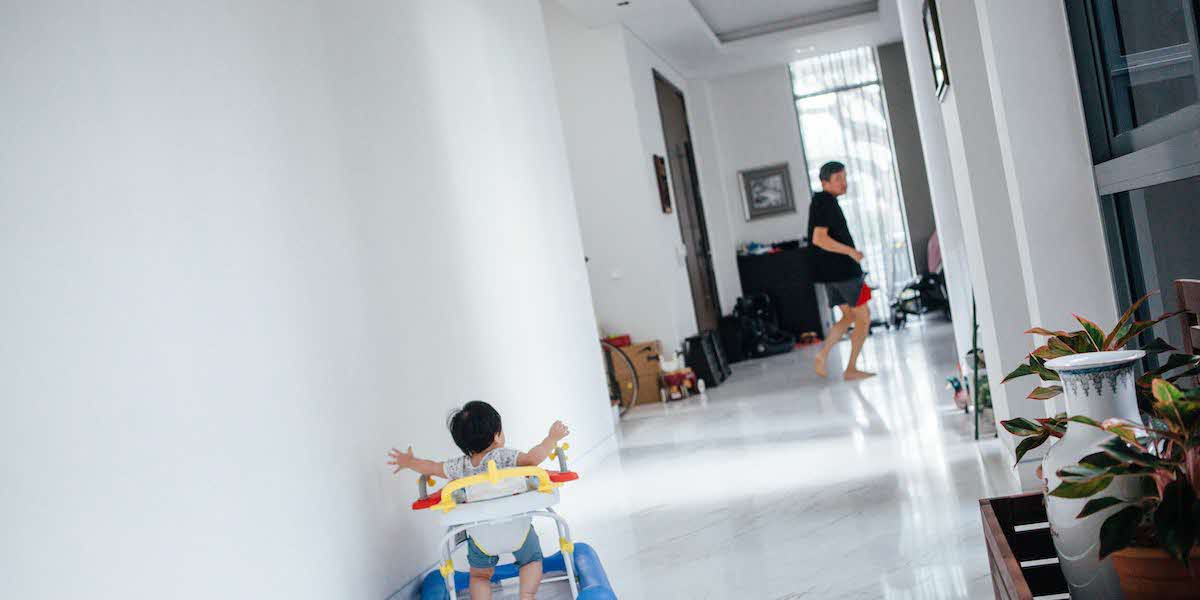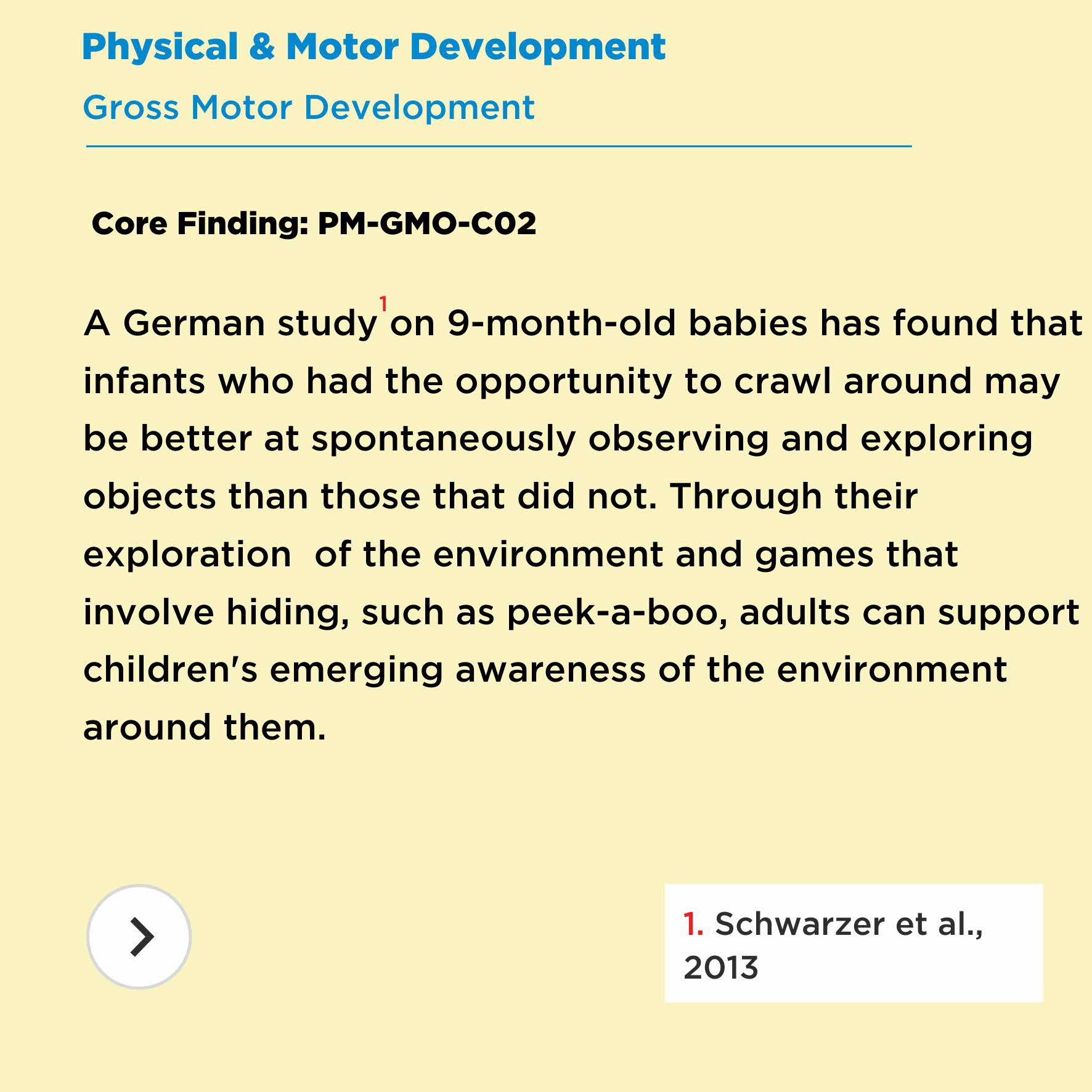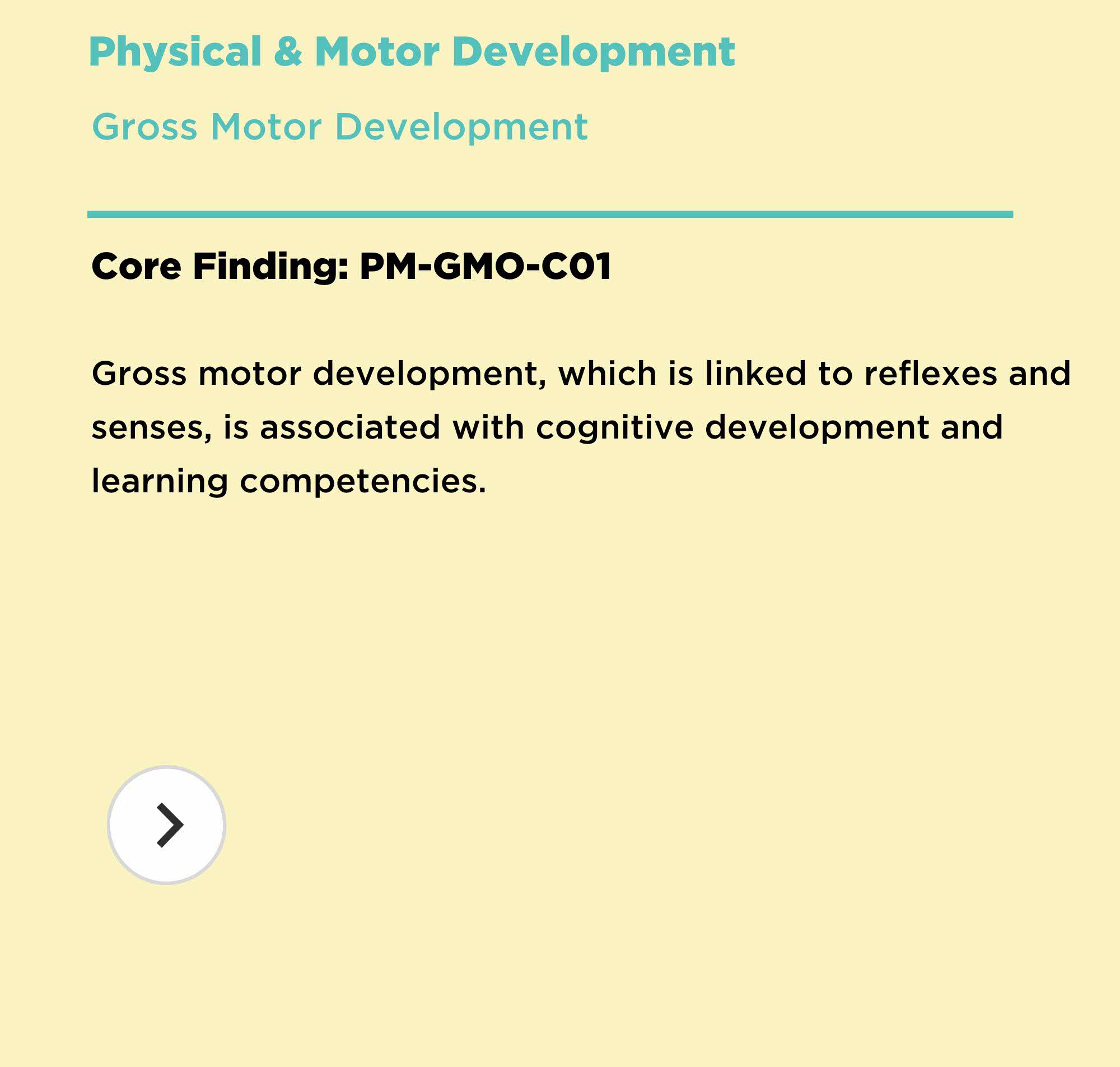Families For Life | Creating safe spaces for tiny explorers
Photos taken in collaboration with Deborah Quek
Babies and toddlers are natural explorers. To them, your home and the places you bring them to are one huge discovery zone.
This is a good thing, because investigating their surroundings and trying new things are how children develop gross motor and cognitive skills.
It helps them strengthen and build muscles for movements like rolling, crawling, standing and walking and practise fine motor skills such as reaching and grasping, all while learning how the world works.
A study (Bai et al., 2018) in the mountainous regions of Northwest China showed that babies born during winter months tend to be more cognitively developed than those born in summer.
That’s because these winter babies had more opportunities to explore their surroundings during summer, at the time they were becoming more mobile, unlike their counterparts born in summer and unable to explore much because it is winter when they started moving around independently.
Creating a safe and secure environment for babies to explore is the best way for them to develop these important physical skills. What becomes tricky is keeping them safe while providing enough stimulation for learning and growing.
If left to their own devices, toddlers will pick things up from the floor, reach for items that might topple over, and explore out-of-bounds places, unaware of potential danger.
PREPARING FOR BABY'S BIG ADVENTURE
Here’s how you can keep your little ones safe while they explore the world:
1. Set up an open space
In the beginning, when your baby is not entirely mobile, you can place them on a mat or blanket for playtime under a play gym, with nothing dangerous within reach.
WHY IT MATTERS
Infants and toddlers need safe spaces filled with opportunities to explore, discover, and learn through the sensory experiences that reinforce developing motor skills. Sensorimotor development is built on this premise of looping and spiraling discovery, reinforcement, and new discovery. (Parks,2014)
Home environmental factors were associated with children's motor development. (Saccani et al., 2013) It is critical that infants spend many of their waking hours on the floor in the day, where they can move around and practise their motor skills.
An open and safe floor area allows infants the freedom to move their bodies in many different ways.(Isbell & Isbell, 2007)

2. "Child-proof" your home
Once your baby starts rolling, crawling and pulling on objects to stand, cordon off special “child-proof” areas for them to explore by removing furnp>iture or items that may topple, as well as covering electrical outlets.
You can use a play yard or indoor fence to mark out the area so that your baby does not wander out beyond the safe zone. Arrange furniture so that there are clear pathways for your baby to easily make their way through the room.
Toys left in these zones should be age-appropriate and without small loose parts that could become a choking hazard when discovered by the child and placed in their mouth. A good example of a toy that encourages gross motor skills would be a large squishy ball for moving around and squeezing.
3. Encourage active discovery (when you're around)
Create opportunities for different kinds of movement by providing safe furniture and equipment that allow your baby to crawl through, climb on, jump off, and pull themselves up to cruise. But always keep an eye on your baby when they are exploring.
Safety gates in areas you do not want the baby to explore should be installed, for the moments you have to turn your back.
A safe and effective learning space provides your little one with many opportunities to grow developmentally in all sorts of ways, while giving you a peace of mind.




